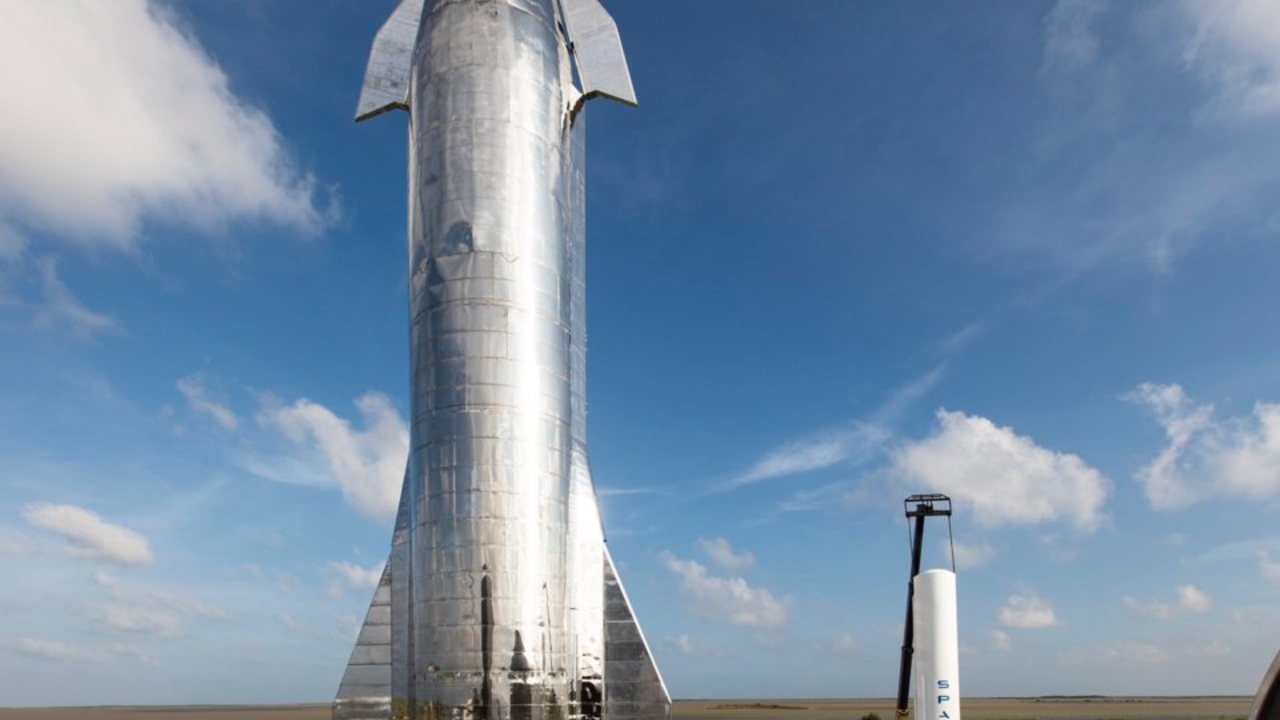They’ll be able to ship large, heavy vehicles more often and much cheaper, according to SpaceX’s estimates of launch costs of up to $10 per kilogram. On Mars, they will be able to deploy the rovers not one at a time, but in whole groups. Space telescopes may also grow, and fleets of low-Earth orbit satellites may become commonplace. Scientists say astronomy, planetary science and Earth observation may be advancing better than ever before.
Of course, Starship is still not in use, so all eyes will be on the first orbital launch test, which is expected in the coming months.
As noted in the article, the starship will facilitate the deployment of the massive James Webb Space Telescope, and in the future the starship’s extra fuel could make it easier to explore Mercury, the solar system’s outermost planets, and even interstellar space. What’s more, Heldmann and colleagues suggested that NASA establish a dedicated funding line for Starship-based missions.
“On the scientific side, we have to be prepared to take advantage of these opportunities as they arise,” says Heldmann.
Source: Ferra











